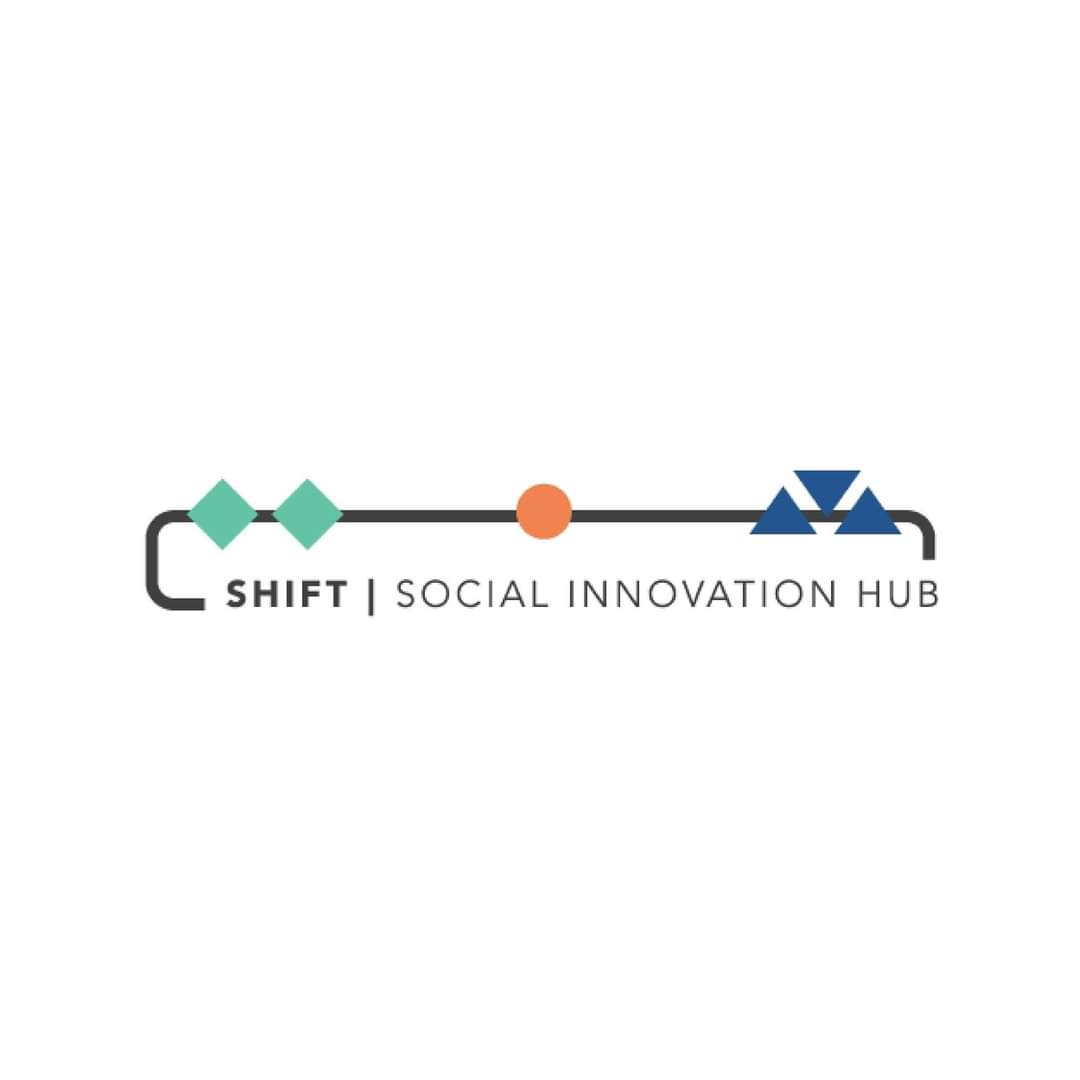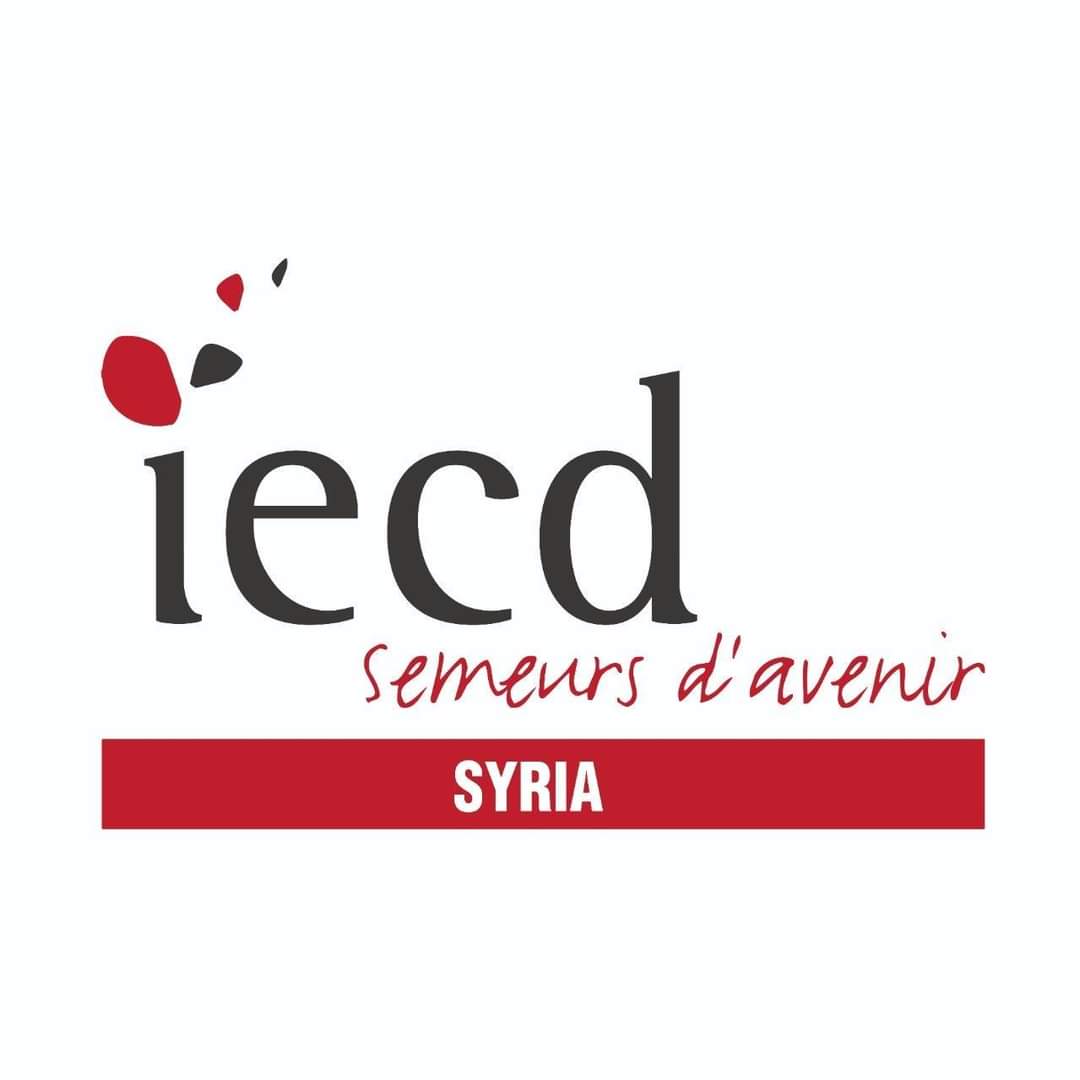
Ten years into the Syria conflict, Lebanon remains at the forefront of one of the worst humanitarian crises. The Government of Lebanon (GoL) estimates that the country hosts 1.5 million1 of the 6.6 million2 Syrians who have fled the conflict since 2011 (including 855,172 registered with UNHCR as of end of March 20213).
The Syrian refugee population in Lebanon remains one of the largest concentrations of refugees per capita in the world.
Adding to the humanitarian context, Lebanon is undergoing a series of overlapping crises on the political, economic, and social front, compounded by the COVID-19 pandemic.
In addition to this, the capital Beirut and the country are still recovering from the effects of the devastating blast in the port of Beirut on August 4, 2020.
On the macroeconomic front, from 2018 to 2020, the GDP (Gross Domestic Product) per capita has decreased by 37%, while real GDP is projected to contract by 11% in 2021, following a contraction of 21% in 2020.
This constitutes one of the deepest crises globally.4 The Lebanese lira has continued to lose value in 2021, averaging 15,274 per US$ (United States Dollars) in the informal market during the month of data collection (compared to 5,600 in 2020), equivalent to a loss of value of around 90% compared to the official rate of LBP (Lebanese Pounds) 1,500 per US$. The country depends heavily on imports, paid for in US$, and is going through a removal of subsidies, particularly of fuel, which are creating inflationary pressures. Lebanon’s hyperinflation is among the highest globally, averaging 134% for all goods and services and 300% for food and non-alcoholic beverages (January- September 2021). The high inflation is negatively affecting the purchasing power and welfare of families.
Lebanon was also strongly affected by COVID-19, with around 560,000 (10% of the population) confirmed cases of COVID-19 and 7,906 deaths by the end-July 2021.5 Taking all the aspects jointly, the political situation, economic downturn, steep inflation, Beirut blast, and COVID-19 have pushed vulnerable communities in Lebanon – including Syrian refugees – to an even more precarious standard of living.
The 2021 Vulnerability Assessment of Syrian Refugees in Lebanon (VASyR) was the ninth annual representative survey assessing the situation of Syrian refugees in Lebanon to identify changes and trends in their vulnerabilities.
Similar to 2020, given the COVID-19 pandemic in Lebanon, most assessments and other activities requiring in-person visits were either cancelled or postponed. Considering the prolonged socio- economic status in Lebanon and COVID-19, it was crucial to provide needs-based estimates on Syrian refugees in the country. Thus, the VASyR 2021 was one of the few assessments that were conducted face to face; the implementation was accompanied by a comprehensive COVID-19 measures protocol to ensure the safety of families and field workers (see Methodology for more details). The criticality of conducting the VASyR 2021 was to provide insights about Syrian refugees impacted by the overlapping crises affecting Lebanon.
Press the link for full report :







Add Comment